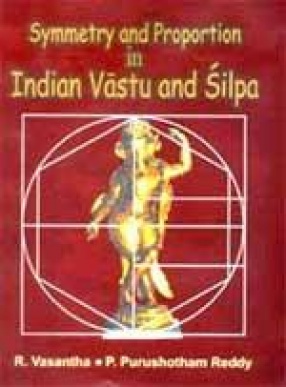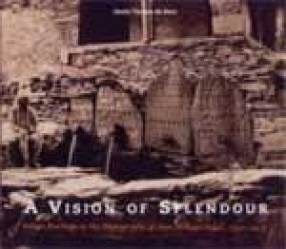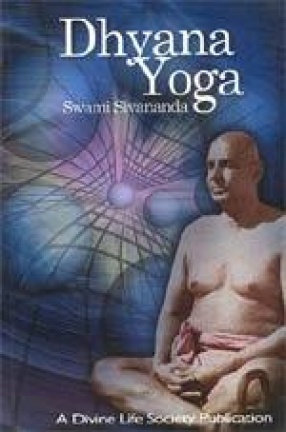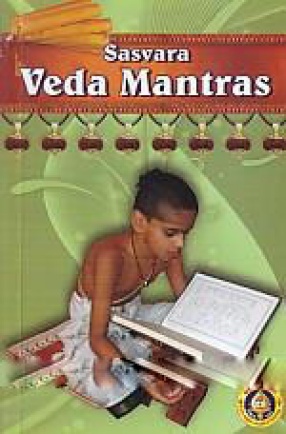This book explores whether the beauty or perfection of a building or an architectural monument is just a matter of luck and individual taste or whether the builders and architects had explicit rules and canons of proportion and design. What were the doctrines or schools of thought that inspired the architects and sculptors of early centuries is still an open question? This book tries to answer the question as to how the temples, churches, mosques etc. play a significant role in a society and why people build structures where they congregate to perform their religious practices, totally different from the shape of their usual residential buildings. This book attempts to explain how geometry (Indian) was employed as a method for mensuration and composition before the appearance of our present numerical decimal system in 6th century A.D. A brief explanation is also presented on how in conceptual terms of most forms of artistic expression in Indian civilization were found on the same ordering principle (balance, order, harmony), which was conceived as the basis of laws of creation. In Toto the aim of this book is to analyze the Symmetry and Proportion in Vastu and Silpa making use of the following steps. Firstly, the book discusses the geometric analysis of sculptures with reference to space and time division and analyzes a few compositions belonging to different periods by subjecting their photographic replicas to the analysis, through the digital technique. Secondly, investigates the Pentagonal and Hexagonal Symmetry related to organic and inorganic systems and applies the concept to different pieces of Art and Architecture. Thirdly, the Golden Section theme is discussed and verified through the analysis of a few compositions. Lastly, the concept of dynamic symmetry in the harmonic analysis of architectural monuments is discussed in detail. The rationale of the book is to explore the fundamental technical principles, which reflect a holistic vision, typical of Indian-view.
Symmetry and Proportion in Indian Vastu and Silpa
In stock
Free & Quick Delivery Worldwide
reviews
Bibliographic information
Title
Symmetry and Proportion in Indian Vastu and Silpa
Author
Edition
1st ed.
Publisher
ISBN
8185616957
Length
xiv+210p., Figures; Col. & B/w Plates; Bibliography; Index; 26cm.
Subjects






There are no reviews yet.